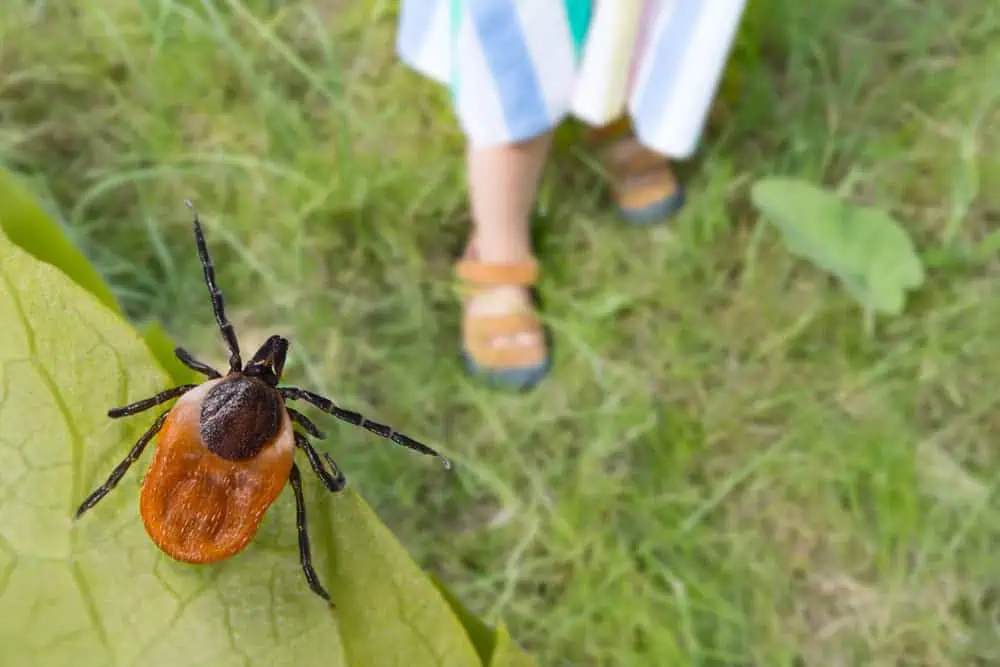Professional tick control that lets your family enjoy the outdoors without worry about Lyme disease.

Hear from Our Customers

You’ll actually want to spend time in your yard again. No more checking every inch of your kids’ skin after they play outside. No more avoiding that corner of the property where the ticks seem worst.
Your pets can roam freely without you constantly pulling ticks off them. You can garden, mow, or just sit outside without that nagging worry about tick-borne diseases.
The best part? You’re not just getting rid of the ticks you can see. You’re breaking the cycle that keeps bringing them back season after season.
We’ve been protecting Audubon Park properties from tick infestations for years. We understand how New Jersey’s climate and terrain create perfect conditions for deer ticks, dog ticks, and lone star ticks.
Our licensed technicians know which areas of your property ticks prefer and when they’re most active. We’ve seen what works and what doesn’t in this area.
We’re not the company that shows up, sprays everything, and hopes for the best. We target the problem areas and use methods that actually interrupt the tick lifecycle.

First, we inspect your entire property to identify tick hotspots. We’re looking for the shaded, moist areas where ticks thrive and the pathways they use to move around your yard.
Then we apply targeted treatments to these problem areas. We focus on the perimeter of your property, wooded edges, tall grass areas, and anywhere your family or pets spend time. The treatment creates a barrier that eliminates existing ticks and prevents new ones from establishing.
We schedule follow-up visits during peak tick season to maintain protection. Most properties need treatments every 6-8 weeks from spring through fall to stay ahead of new tick populations.

Ready to get started?
You get a complete property assessment that identifies exactly where ticks are coming from and where they’re most likely to encounter your family. We map out the treatment zones and explain why certain areas need attention.
The treatment itself targets adult ticks, nymphs, and larvae using products that are effective against New Jersey’s common tick species. We pay special attention to transition areas between your lawn and wooded or overgrown areas.
You also get practical advice on landscape modifications that make your property less attractive to ticks long-term. Simple changes like keeping grass short and creating gravel barriers can make a huge difference between treatments.
